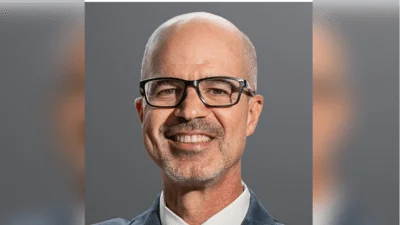The U.S. Department of Energy's Argonne National Laboratory announced its collaboration with Exelon to secure electric vehicle chargers from cyber threats.
As part of a four-year, $5 million project funded by the DOE's Vehicle Technologies Office in the Office of Energy Efficiency and Renewable Energy, the researchers are working on implementing cybersecurity measures for smart-charging electric vehicles, according to a May 2 news release.
“EV charging infrastructure will become critical to everyday business and the energy security of the United States,” ANL research engineer Dan Dobrzynski said in the release. “The work that we are doing is giving us an idea of the potential pitfalls, and where to go next, as more of these systems come online.”
Computer networks can "enable the on-demand charging that will allow EVs to bolster the grid," the release said. Due to these needs, some smart EV charging stations will need to be upgrades to include wireless connectivity, hard drives and the ability to plug in mice and keyboards.
“What if they were compromised by someone who shouldn’t have access?” ANL cybersecurity analyst Roland Varriale said in the release. “We are looking at how we can mitigate any risks associated with that.”
Varriale and his colleagues worked with Smart Energy Plaza to evaluate different charging technologies and setup and identified and compiled EV charging system vulnerabilities, the release reported. They also offered options and practices for how to safeguard and protect these systems.
This work will also inform DOE's Electric Vehicles a Scale Lab Consortium, which will focus on cyber-physical security, the release reported. The consortium brings six national research labs together to collaborate with industry members, community groups and other stakeholders.
“Through EVs@Scale, we are taking insights from the current project and looking at how they can be applied more broadly,” Varriale said in the release. “By doing that, we can get well ahead of potential threats and build secure clean energy systems.”





